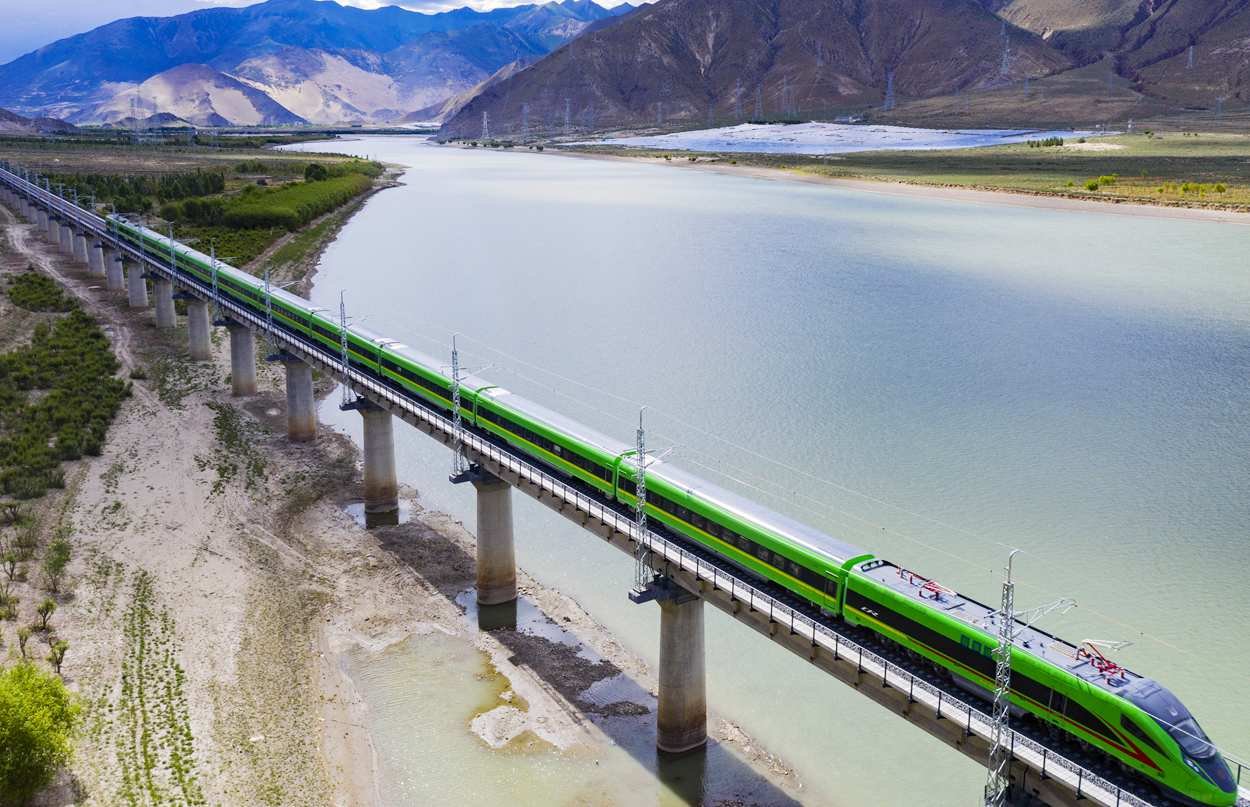Tibet’s Ambitious Railway Project
Tibet plans to construct a new railway spanning 403 kilometers, with aspirations to commence work before 2025, starting from Shigatse. This railway is more than just a mode of transport; it’s a lifeline for many who commute between their hometowns and workplaces. Offering affordability, speed, and safety compared to buses, the railway stands out as the go-to choice for travellers.
Economic Catalyst
The saying, “With the train’s whistle, comes a flood of gold” is not without merit. Railways serve as economic arteries for cities, bolstering confidence in attracting investments. Situated on the Tibetan Plateau, with an average altitude exceeding 4,000 meters, Tibet faces significant challenges in agricultural and industrial development, lagging in comparison to other regions. As of 2022, the region’s industrial output was valued at only 20.193 billion yuan.
Since the establishment of the People’s Republic of China, especially after the economic reforms, Tibet has seen considerable progress. The completion of the Qinghai-Tibet Railway has been a pivotal factor in this advancement, directly stimulating investment in the region. In February of this year, the Tibet Autonomous Region Development and Reform Commission announced plans under the “14th Five-Year Plan” to construct over ten new railways, covering 55 districts and counties, including the new Xinjiang-Tibet Railway section from Shigatse to Peiku Tso.

Shigatse: The City Set to Soar
The Shigatse to Peiku Tso railway, stretching 403 kilometres, is a vital entry route into Tibet, poised to significantly boost the region’s development. Shigatse, located in the southwestern part of the Tibetan Plateau, covers an area larger than most provinces and has a population nearing 800,000.
Since the inauguration of the Lhasa-Shigatse Railway in 2014, Shigatse has entered the railway era, experiencing rapid economic growth. From a GDP of 14.64 billion yuan in 2014, Shigatse’s economy expanded to 36.192 billion yuan by 2022. According to Tibet’s railway plans, the Shigatse to Peiku Tso section aims to begin construction by 2025. Shigatse is on the brink of becoming an essential international logistics centre and a gateway to South Asia, positioning it as Tibet’s second-largest railway hub in the near future.
A Gateway to the Future
This expansion is not just about enhancing transport; it’s about opening new avenues for economic growth, international trade, and regional integration, solidifying Tibet’s role as a pivotal bridge between China and its southern neighbors.

